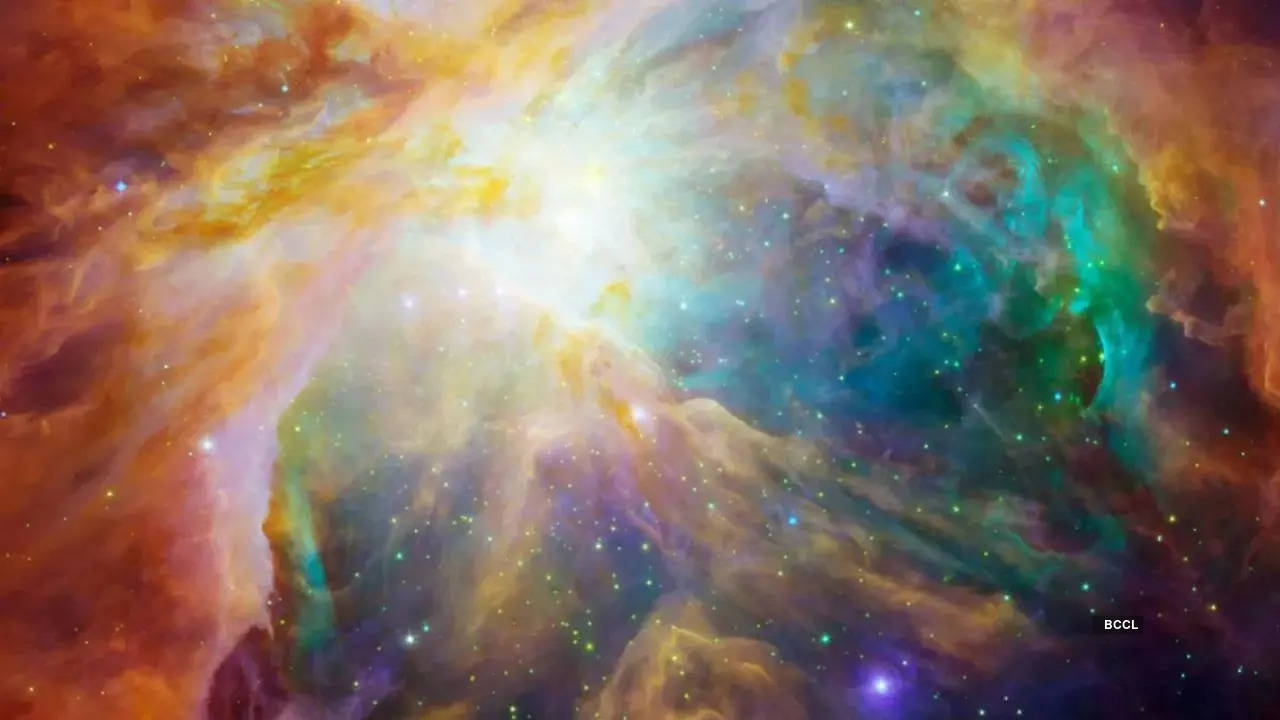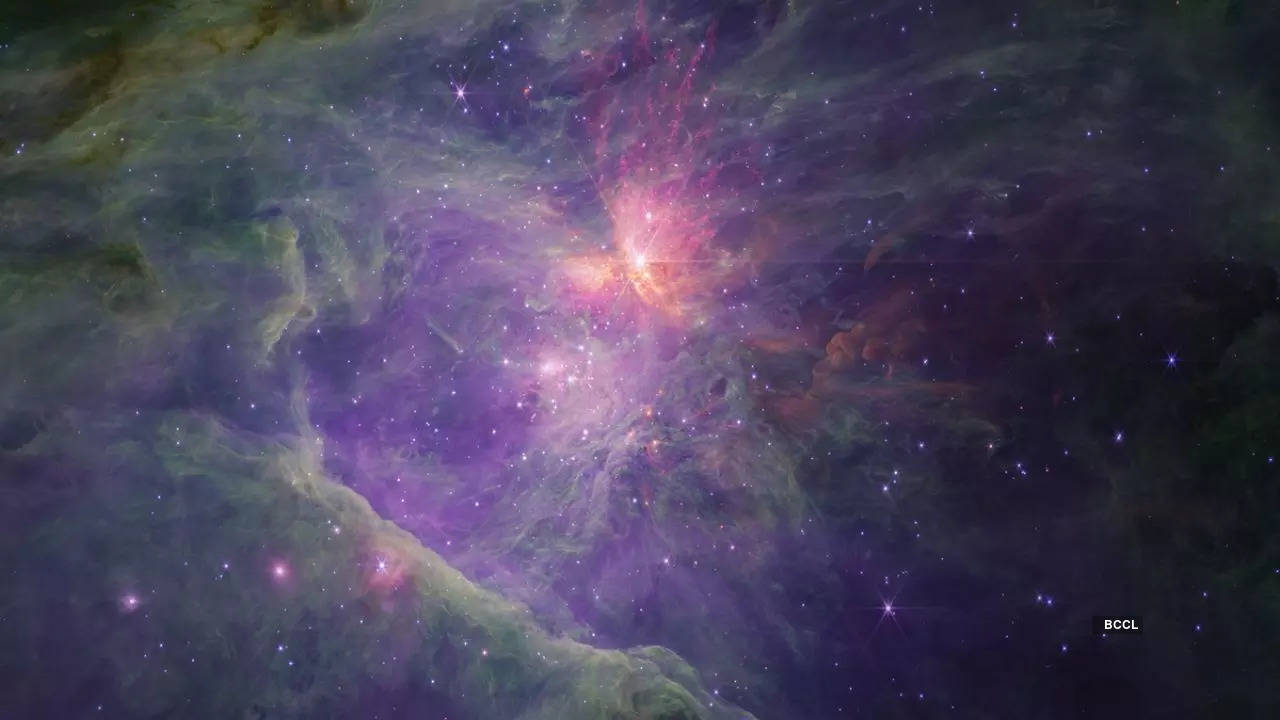[ad_1]

The Orion Nebula, a luminous cloud of fuel and mud, has lengthy fascinated astronomers and stargazers alike. Positioned roughly 1,300 light-years from Earth, it’s unmistakably seen because the “sword” within the constellation of Orion.
Inside this celestial playground, astronomers have beforehand studied varied celestial objects, together with brown dwarfs, star-forming disks, and objects with plenty that fall between these of stars and planets. Nevertheless, the James Webb Telescope’s near-infrared digital camera, generally known as NIRCam, has now provided a recent perspective, unveiling a bunch of sudden findings and unprecedented particulars.
The preliminary focus of this discovery was the Trapezium Cluster, a youthful star-forming area teeming with stars which might be mere hundreds of thousands of years previous. Whereas analyzing the short-wavelength picture of the Orion Nebula, astronomers Samuel G. Pearson and Mark J. McCaughrean made an astonishing statement.

Along with figuring out stars and brown dwarfs—objects too small to provoke nuclear fusion at their cores, stopping them from changing into stars—the astronomers stumbled upon pairs of planet-like objects. These enigmatic entities possessed plenty starting from 0.6 to 13 instances that of Jupiter, difficult basic astronomical theories. They had been promptly dubbed “Jupiter Mass Binary Objects,” or JuMBOs.
Pearson, a European Area Company analysis fellow, defined, “Though a few of them are extra huge than the planet Jupiter, they are going to be roughly the identical dimension and solely barely bigger.”–As reported by Wion.
The astronomers’ discovery prolonged past singular pairs, as they encountered roughly 40 JuMBO pairs and two triple techniques, all occupying large orbits.
Mark J. McCaughrean, the European Area Company’s senior adviser for science and exploration, make clear the age of those newfound celestial inhabitants in an interview to Wion, saying, “We’re midway by means of the lifetime of the solar, so these objects in Orion are 3-day-old infants. They’re nonetheless fairly luminous and heat as a result of the vitality they’ve after they get created nonetheless permits them to glow, which is how we will see these items within the first place.”
The presence of those JuMBOs challenges present theories of star and planet formation, elevating questions concerning the basic understanding of those astronomical processes. Pearson remarked, “Scientists have been engaged on theories and fashions of star and planet formation for many years, however none of them have ever predicted that we’d discover pairs of tremendous low-mass objects floating alone in area — and we’re seeing plenty of them.”–As reported by Wion.
This revelation serves as a reminder of the universe’s skill to repeatedly astonish and confound, pushing the boundaries of human data and provoking scientists to reevaluate and refine their understanding of the cosmos. The Orion Nebula, already a celestial jewel, continues to yield valuable insights into the mysteries of the universe.


